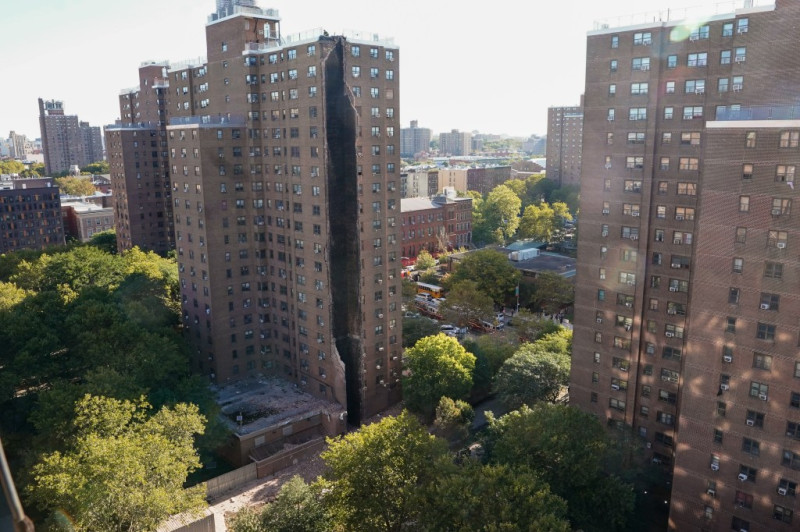In the heart of Mott Haven, a quiet Wednesday morning shattered around 8:10 a.m. when a powerful gas explosion ripped through the boiler room of a 20-story NYCHA apartment building on Alexander Avenue. The blast didn't just echo; it brought down an entire ventilation shaft, collapsing a corner of the structure from top to bottom and leaving a gaping, jagged wound in the side of the high-rise. Debris rained onto the street below, but remarkably, no one was hurt in the chaos.
Firefighters and emergency crews swarmed the scene at the Mitchel Houses, one of those aging public housing complexes that dot the Bronx landscape. Officials quickly pointed to a failure in the chimney connected to the boiler—possibly a buildup of gas during the push to fire up heat for the season. Residents, some still in pajamas, were hustled out as the building's utilities shut down: no heat, no hot water, no cooking gas for who knows how long. The explosion's force was such that videos circulating online show an entire side of the building simply gone, floors exposed like a dollhouse pried open.
By midday, the area was cordoned off, with engineers poking at the rubble to assess the damage. Mayor Adams called it a "close call," emphasizing the swift response that kept injuries at bay. Yet, for tenants in this densely packed neighborhood, the incident stirs up old frustrations. These NYCHA towers, built decades ago, have faced scrutiny for maintenance woes—leaky pipes, faulty wiring, and now this. How many more warnings before real fixes? Indeed, the partial collapse comes right as winter looms, amplifying worries about safety in the city's public housing stock.
Investigators are digging into what exactly sparked the boiler mishap, but early signs suggest neglect in the system that powers these homes. Moreover, community leaders are already demanding answers, pointing to broader issues of underfunding and oversight. However, as cleanup begins and families wait to return, the real question lingers on what this means for the thousands relying on these structures day in, day out.

